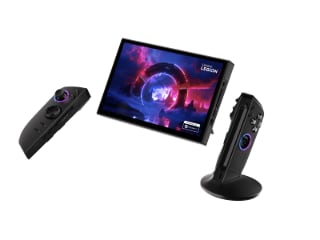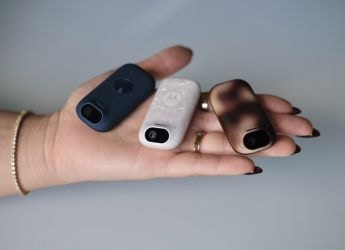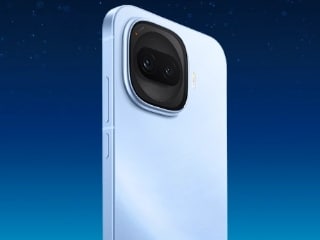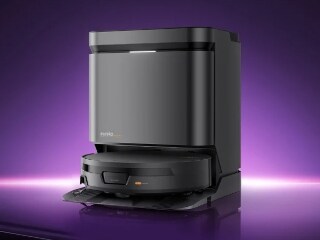- Home
- Others
- Others Features
- Blueair Wants You to Be Aware of What You're Breathing
Blueair Wants You to Be Aware of What You're Breathing
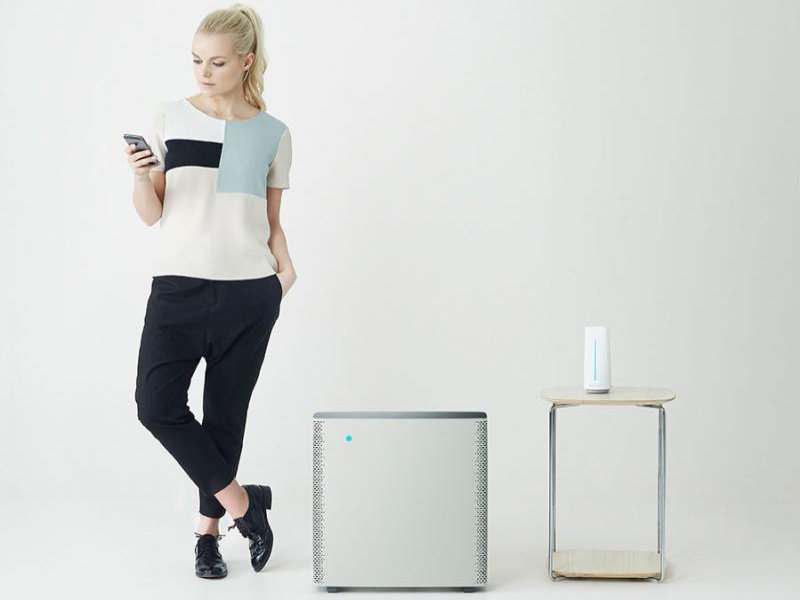
Sweden's capital Stockholm is one of the capitals with the lowest air pollution in the world, yet it's also the home of Blueair, one of the older and better known companies that makes air purifiers. The company officially launched in India last year, and recently, its founder and CEO Bengt Rittri was in Delhi. Gadgets 360 met Rittri at the launch of the new Blueair Sense+ air purifier and the Blueair Aware indoor air quality monitor. Also present was Blueair India head Vijay Kannan.
"I started in Sweden 20 year ago, I was working with Electrolux and we were making fridges and vacuum cleaners," Rittri explains, "and one day, I happened to take a particle counter home. Now, those were really expensive and they still aren't exactly cheap, so people are not really aware of the air quality they're breathing. But in my own home, I found far too many particles in the air."
(Also see: Sick and Tired of Coughing? These Gadgets Can Help Deal With Air Pollution)
"And this is a serious concern, Google 'how lungs get dirty' and you will see all sorts of studies and images, there are spots on your lungs and they turn black, and it has a major health impact," he adds.
That's why Blueair is now looking at a smart solution that it calls a home defence system. "How can you know if a room has clean air or now," Rittri asks. "With our new systems, you can look at the Blueair Aware , and it has a very simple display on it, where if the display is blue the air is pure, and if it is orange, then the air is highly polluted," he says, pointing towards a Blueair Aware set up in the room. The display bar, inside the apparently dust-free hotel room we're talking in, is deeply orange. A Blueair employee then turns on the air purifier. The Sense+ cleans the air in a 200-square foot room (that's roughly the size of a small apartment bedroom) once every 12 minutes (five times an hour). In the next few minutes as we talk to Rittri, we see the bar steadily move from orange, to yellow, to blue, to a deep, bright blue. To prove a point, the air purifier is removed, and after a few minutes have passed, the bar is orange again.
(Also see: As Pollution Increases, Will Air Purifiers Become Household Products?)
"With the Blueair Aware, the blue/ orange scale immediately tells you that the air is clean or now, and it pairs with an app [available for both iOS and Android] on your phone that gives you a detailed breakdown of the data it is gathering," says Rittri. "The app can show you the PM 2.5 count, which is the biggest cause of illness, along with VOCs [Volatile Organic Compounds, such as benzene, and formaldehyde], CO2, and it even shows the temperature and the humidity."
Although the app pairs with the Blueair Aware to give this data for the air quality inside your house (or office, as the case may be), Blueair also gathers data from third party sources for the app to show outdoor air quality. This way, you can see both the indoor and outdoor air quality, and the app is free to download and use, so even if you don't buy the Blueair Aware, you can still use it to track pollution in the city. The app also pairs with the Sense+, which is the first connected air purifier from the company; you can use it to control the purifier remotely, and if you have the Blueair Aware as well as the Sense+ purifier, then they work together to keep the air quality at desired levels.
(Also see: Chinese Buying Fresh Air From Canada, Delhiites Next?)
That being said, the high cost of the Blueair Aware would be a deterrent to most; India head Kannan says that it will be priced at Rs. 20,000. That's a difficult price to justify. People who are concerned enough to want to invest in better air quality are already aware that the air in Delhi and the rest of India is at critical levels, at all times and in all places. There's really no need to spread awareness to this group of buyers; the Aware makes sense if you want to educate people about the need for an air purifier in the first place, and in that case, how likely are they to invest Rs. 20,000 just to find out if it's needed at all?
The Sense+, at Rs. 45,000, is equally pricey; similar devices from other brands can cost half as much, or less. But Kannan claims that Blueair has 65 percent of the "premium" air purifier market. When asked to define the premium market, he first says, "All in all, there are around 63,000 air purifiers in India - here I am only counting those that are over Rs. 13,000 in price - so these are around 63,000. Then, in the premium segment, that is the high end, we have the more expensive products that come with a guarantee of quality - our units don't come from China, they come from Europe." It's not a complete answer, but unfortunately, Kannan says that he doesn't have the exact detail committed to memory.
(Also see: This DIY Air Purifier Costs Only Rs. 3,399)
He does confirm however, that within the "premium segment", the total number of air purifiers being sold are somewhere around 6,000 to 7,000 units, of which 65 percent (or roughly 4,000-4,500 units) have been sold by Blueair. "Our buyers are mostly HNIs, people from South Delhi," says Kannan.
Catch the latest from the Consumer Electronics Show on Gadgets 360, at our CES 2026 hub.
Related Stories
- Samsung Galaxy Unpacked 2025
- ChatGPT
- Redmi Note 14 Pro+
- iPhone 16
- Apple Vision Pro
- Oneplus 12
- OnePlus Nord CE 3 Lite 5G
- iPhone 13
- Xiaomi 14 Pro
- Oppo Find N3
- Tecno Spark Go (2023)
- Realme V30
- Best Phones Under 25000
- Samsung Galaxy S24 Series
- Cryptocurrency
- iQoo 12
- Samsung Galaxy S24 Ultra
- Giottus
- Samsung Galaxy Z Flip 5
- Apple 'Scary Fast'
- Housefull 5
- GoPro Hero 12 Black Review
- Invincible Season 2
- JioGlass
- HD Ready TV
- Laptop Under 50000
- Smartwatch Under 10000
- Latest Mobile Phones
- Compare Phones
- Motorola Signature
- Vivo Y50e 5G
- Vivo Y50s 5G
- Realme 16 Pro+ 5G
- Realme 16 Pro 5G
- TCL Nxtpaper 70 Pro
- OPPO A6 Pro 5G
- Honor Power 2
- Zephyrus Duo 16 (2026)
- Asus ROG Zephyrus G16 (2026)
- Realme Pad 3
- OPPO Pad Air 5
- Xiaomi Watch 5
- Huawei Watch 10th Anniversary Edition
- Acerpure Nitro Z Series 100-inch QLED TV
- Samsung 43 Inch LED Ultra HD (4K) Smart TV (UA43UE81AFULXL)
- Asus ROG Ally
- Nintendo Switch Lite
- Haier 1.6 Ton 5 Star Inverter Split AC (HSU19G-MZAID5BN-INV)
- Haier 1.6 Ton 5 Star Inverter Split AC (HSU19G-MZAIM5BN-INV)













